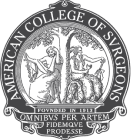
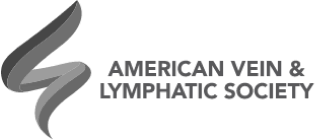
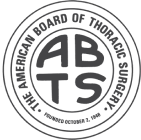
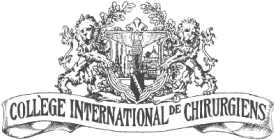
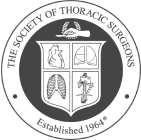
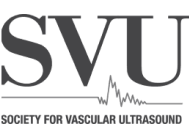

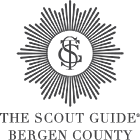








Venous insufficiency affects millions of Americans, yet many remain unaware that their everyday leg discomfort or skin changes could be early indicators of a deeper circulatory issue. At Chuback Vein Center, we believe education is the first step toward prevention and better health outcomes. Here are seven warning signs of chronic venous insufficiency (CVI) you shouldn't ignore, especially if they persist or worsen over time.

If your legs feel unusually heavy, tired, or achy by the end of the day — especially after prolonged standing or sitting — it could be more than just normal fatigue. These are often early symptoms of venous insufficiency caused by weakened or damaged valves in the leg veins.
Swelling, particularly around the ankles, is a common sign that blood is pooling in your lower extremities. If the swelling improves overnight but returns daily, it may indicate poor venous return rather than fluid retention alone.
While many consider varicose veins and spider veins to be cosmetic concerns, they are often surface-level signs of underlying venous insufficiency. Bulging, twisted veins can signal that the deeper veins aren't functioning properly.
Brownish or reddish skin around the ankles or shins may be caused by chronic inflammation from venous hypertension. Over time, the skin may become thickened, leathery, or itchy — a condition known as stasis dermatitis.
Frequent leg cramping, especially at night, or a persistent urge to move your legs (restless leg syndrome) can sometimes be tied to poor circulation and vein disease.
Venous ulcers, usually appearing near the ankles, are painful open sores caused by prolonged venous pressure and inflammation. These wounds may heal very slowly or not at all without appropriate medical intervention.
Genetics plays a significant role in vein health. If one or both of your parents had varicose veins or venous disease, your risk is significantly higher. Add in lifestyle factors like standing for long periods, pregnancy, or obesity, and your risk increases even more.
Ignoring the signs of venous insufficiency can lead to worsening symptoms and complications over time. Fortunately, early intervention is both effective and minimally invasive. Schedule a consultation with our New Jersey vascular surgeon at Chuback Vein Center or book a consultation to discuss the right treatment for your needs. Your legs will thank you.
We invite you to become a part of the Chuback Vein Center family. We are confident in our ability to restore your health and wellness.